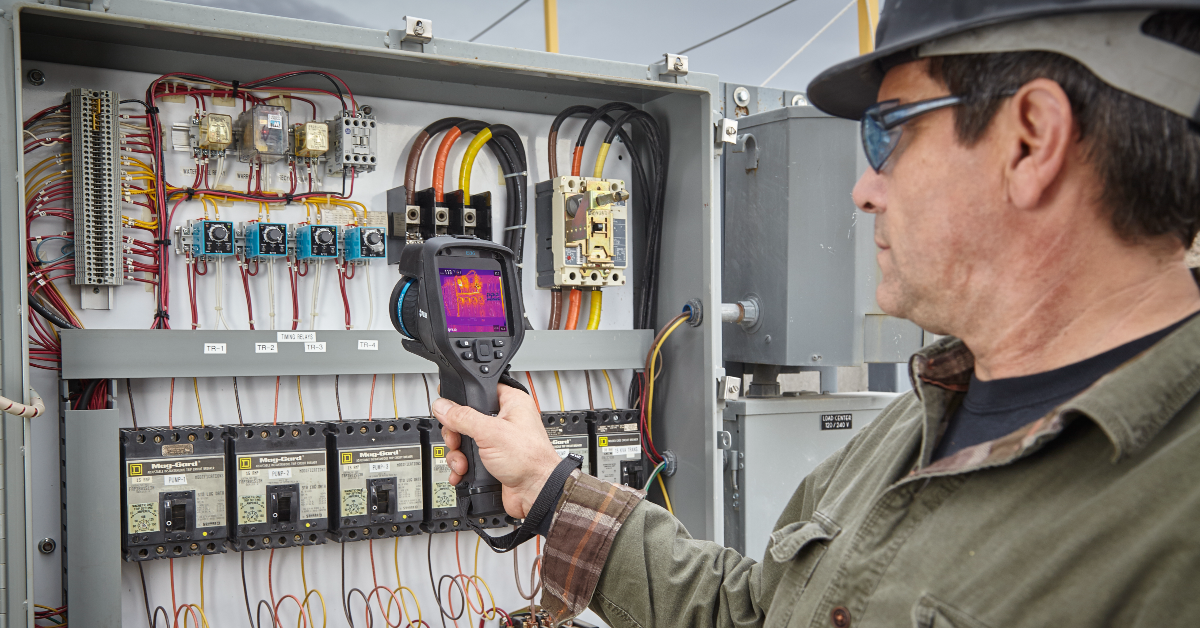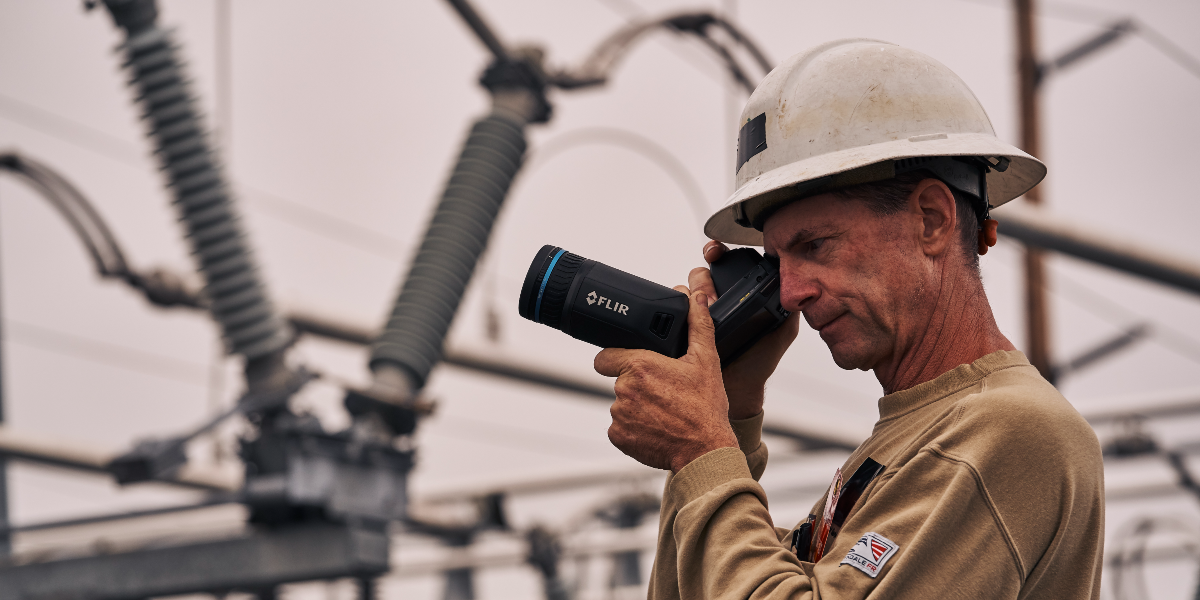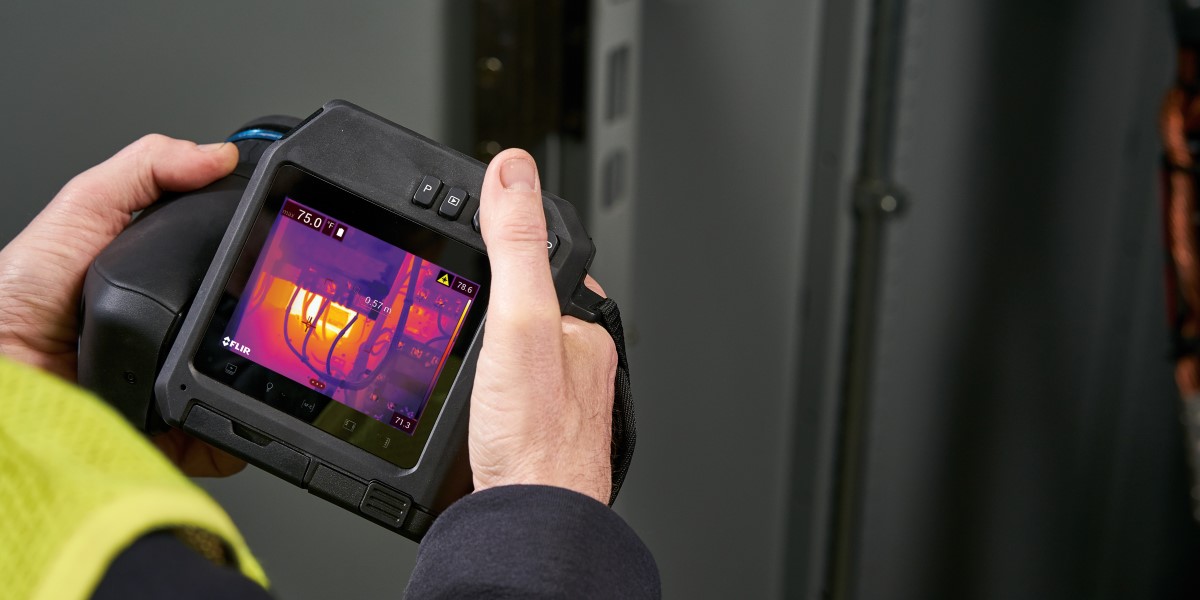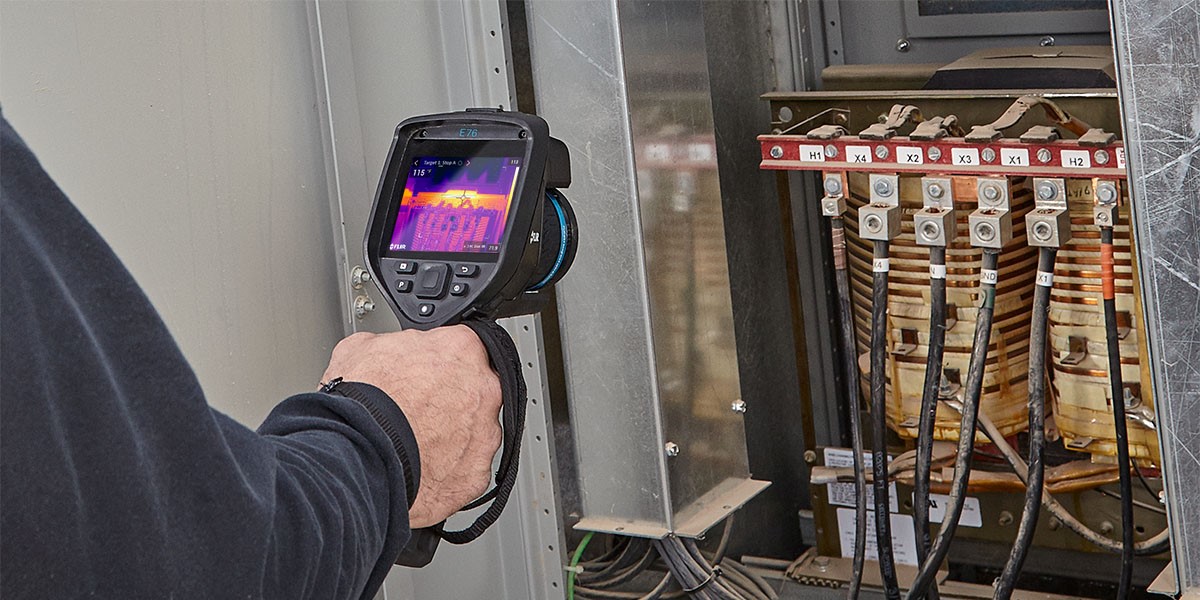Thermal Cameras and Software: The tools you need for a NFPA 70B 2023-compliant EPM program

In the previous post from our ongoing series covering the changes to the NFPA 70B 2023 concerning the maintenance routines required for thermography inspections, we looked at defining conditions for assets within the electrical maintenance program and specific requirements around test records. This post specifically looks to provide considerations when determining what type of camera and software is best to support your electrical preventive maintenance (EPM) program.
In today’s fast-paced world, ensuring the reliability and safety of electrical systems is paramount. The use of thermal cameras and accompanying software has shifted from a complimentary set of tools, towards being the standard in the field of electrical maintenance. With NFPA 70B 2023’s change from guidance to standard, making thermography required, it is critical to ensure your camera and software can properly meet these requirements.
Thermal Cameras
Thermal cameras capture and visualize infrared energy emitted by electrical equipment, enabling technicians to identify anomalies that may indicate electrical problems. Here are the key features to consider when selecting a thermal camera:
- High Thermal Resolution:
- Opt for cameras with high thermal resolution, measured in pixels, to capture accurate temperature variations.
- A higher resolution allows for better detection of subtle temperature differences, leading to more precise diagnostics. These more precise measurements will allow for more accurate Delta T measurements which are a critical component of the NFPA 70B 2023 standard.
- Temperature Measurement:
- Ensure the camera covers a wide temperature range suitable for the types of electrical applications you will be needing to perform inspections on.
- The ability to measure extreme temperatures accurately is essential for detecting abnormalities in equipment.
- On camera Delta T calculations will additionally add value during your inspection process, in lieu of needing to perform these activities when the inspection is complete.
- On Camera Functionality:
- Look for cameras with high-quality visual displays to facilitate easy interpretation of thermal images.
- Features like adjustable color palettes and picture-in-picture mode enhance visibility and aid in identifying issues quickly.
- The ability to maintain lists of assets or routes of inspection points, directly on your camera, is critical when you are capturing thermal images for documentation purposes. This will ensure all inspection points are captured and information can easily be downloaded for reporting.
Software for Thermal Image Analysis and Documentation
Complementing thermal cameras, specialized software plays a crucial role in interpreting thermal data, analyzing trends, and managing inspection records. Being able to properly document your electrical inspections to NFPA 70B 2023 standards requires the camera and software working together effectively to produce the desired reporting and historical information needed to stay compliant. Here are the top things to consider when selecting your thermal imaging software:
Image Analysis and Interpretation:
- Look for software with advanced algorithms that accurately analyze thermal images and identify potential electrical issues.
- Features like temperature trending, spot measurement, and anomaly detection aid in interpreting the data effectively.
Reporting and Documentation:
- Efficient software should allow for easy generation of comprehensive reports to document inspection findings and track maintenance activities.
- Look for customizable templates, report exporting options, and integration with other maintenance management systems.
Integration and Connectivity:
- Ensure the software can seamlessly integrate with your specific cameras, facilitating smooth data transfer and analysis.
- Leverage cloud-based connectivity to quickly gather inspection results from the field for analysis and reporting needs.
Conclusion
With NFPA 70B 2023’s focus on thermography and documentation, ensure your cameras and software can work together towards meeting these standards. Beyond just standards, integrating thermal cameras and software into an electrical maintenance program offers numerous benefits, ranging from proactive issue detection to streamlined documentation and predictive maintenance planning. By investing in high-quality thermal cameras with the right features and robust software, organizations can ensure the longevity, safety, and reliability of their electrical systems while adhering to the requirements of NFPA 70B 2023.


